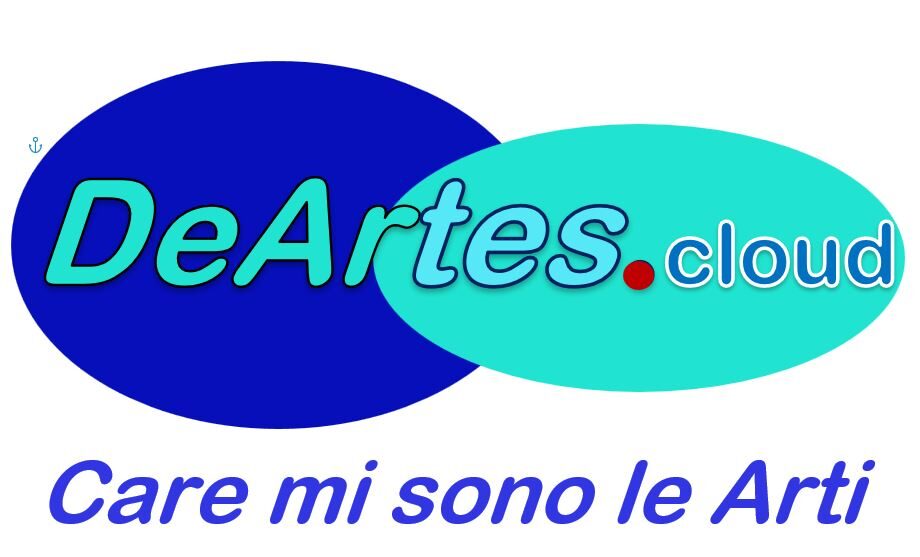
Il Museo Guggenheim Bilbao presenta Kandinsky, un’esposizione di dipinti e opere su carta di Vasilij Kandinsky (Mosca 1866 – Neuilly-sur-Seine, Francia, 1944), provenienti principalmente dagli straordinari fondi della Solomon R. Guggenheim Foundation di New York. Patrocinata dalla Fundación BBVA, l’esposizione, suddivisa in quattro sezioni geografiche, presenta l’opera e l’evoluzione artistica di uno dei principali innovatori della pittura degli inizi del XX secolo, precursore dell’astrazione e riconosciuto teorico dell’estetica.
Kandinsky intraprende una crociata contro i valori estetici convenzionali e imposta una nuova tematica basata esclusivamente sulla “necessità interiore” dell’artista, sul suo desiderio per un futuro più spirituale attraverso il potere trasformatore dell’arte. Via via che i suoi tratti calligrafici e le sue forme ritmiche rivelano sempre meno i segni delle sue origini figurative, Kandinsky inizia a sviluppare l’astrazione e a formulare quello che denomina “il potere nascosto della tavolozza”. Per Kandinsky anche le forme più astratte hanno un contenuto espressivo ed emozionale: il triangolo incarna azione e aggressività, il quadrato significa pace e calma, il cerchio il regno spirituale e cosmico.
Curatrice: Megan Fontanella, Curatrice di Arte Moderna e Provenienza del Solomon R. Guggenheim Museum. Con il patrocinio di: Fundación BBVA

ENGLISH VERSION
The Guggenheim Museum Bilbao presents Kandinsky, a comprehensive exhibition of paintings and works on paper of artist Vasily Kandinsky (b. 1866, Moscow; d. 1944, Neuilly-sur-Seine, France) drawn primarily from the Solomon R. Guggenheim Foundation’s rich holdings. Sponsored by the BBVA Foundation, the exhibition traces the aesthetic evolution of a pioneer of abstraction, a renowned aesthetic theorist, and one of the foremost artistic innovators of the early twentieth century.
This exhibition illustrates the full arc of Kandinsky’s seminal career. Divided into four geographical sections displayed throughout three galleries, the exhibition follows Kandinsky through critical periods of his artistic development.

The Hilla von Rebay Foundation, On extended loan to the Solomon R. Guggenheim Museum, New York 1970.94 © Vasily Kandinsky, VEGAP, Bilbao, 2020
Kandinsky set out on a crusade against conventional aesthetic values and discovered a new subject matter based solely on the artist’s “inner necessity,” in a dream of a more spiritual future through the transformative powers of art. As his calligraphic contours and rhythmic forms revealed scarcer traces of their representational origins, Kandinsky began to advance abstraction and elicit what he called the “hidden power of the Palette”. For Kandinsky even the most abstract forms retained expressive, emotive content: the triangle embodied active and aggressive feelings; the square, peace and calm; and the circle, the spiritual and cosmic realm.
Curator: Megan Fontanella, Curator, Modern Art and Provenance, Solomon R. Guggenheim Museum.
More so than any other artist, Kandinsky is intertwined with the history of the Solomon R. Guggenheim Foundation, established in New York in 1937. Industrialist and museum founder Solomon R. Guggenheim began collecting Kandinsky’s work in 1929, and his enthusiasm for modern art led to the opening of New York’s Museum of Non-Objective Painting, forerunner of the Solomon R. Guggenheim Museum, in 1939. Today the Guggenheim Foundation holds over one hundred fifty pieces by this pivotal artist.

DIDAKTIKA: KANDINSKY. PERSISTENT STATE OF DISCOVERY
As part of the Didaktika project, the Museum designs didactic spaces, online contents, and special activities that complement each exhibition, providing tools and resources to facilitate appreciation of the works on display. The educational space in the hallway near the galleries now reveals the figure of an artist in a persistent state of discovery. His zeal for experimenting and discovering new ways of understanding art and putting it into practice, which he shared through texts and essays like On the Spiritual in Art are explained in this section.
ACTIVITIES ASSOCIATED WITH THE EXHIBITION:
Talk about Kandinsky and the Guggenheims; Shared reflections; Micro-concerts near the works; Talk on “Art, Sciences and Synesthesia”; Creative session “Kandinsky in a persistent state of discovery”.
CATALOGUE
In conjunction with this exhibition, a catalogue will be published by the Guggenheim Museum Bilbao featuring the exhibited works, along with an essay by Tracey Bashkoff and a few short entries by Karole P.B. Vail.
C.S.M.
From: Ufficio Stampa Guggenheim, 19 novembre 2020
Cover image: Vasily Kandinsky Black Lines (Schwarze Linien), December 1913, Solomon R. Guggenheim Museum, New York, Solomon R. Guggenheim Founding Collection, By gift 37.241 © Vasily Kandinsky, VEGAP, Bilbao, 2020
KANDINSKY
20 Novembre 2020 – 23 Maggio 2021
November 20, 2020–May 23, 2021
Museo Guggenheim Bilbao
Avenida Abandoibarra, 2
48009 Bilbao
Teléfono:
+34 944 35 90 00
+34 944 35 90 80
contacto@guggenheim-bilbao.eus
https://www.guggenheim-bilbao.eus/
guggenheim-bilbao.eus/en/exhibitions/kandinsky
#KandinskyGuggenheimBilbao

